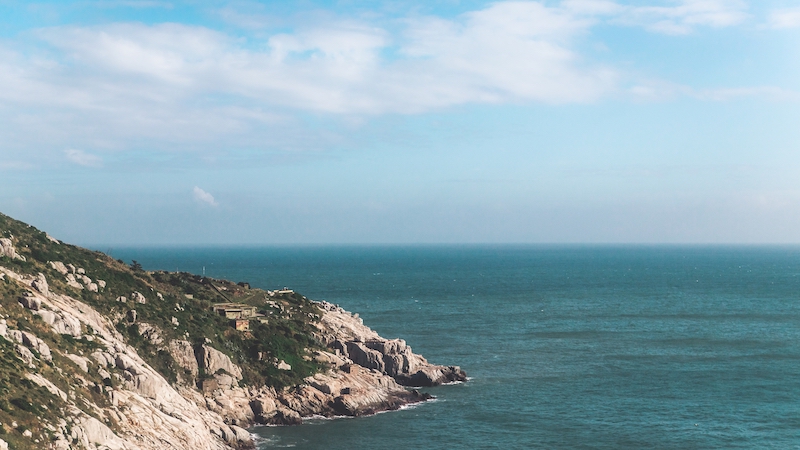During the past few years, Cultural Affairs Department of Lienchiang County Government has been working on “Matsu Islands Museum” project to preserve the Islands’ stories. (Credit: Collaborative O. Company)
Author: Chen-Xuan, Yue (Postgraduate, Graduate Institute of Museum Studies, TNUA)
Translator: Chung-Wen, Weng (Postgraduate, Graduate Institute of Museum Studies, TNUA)
* This article extends special thanks to Lai Ruo-Xin from Collaborative O. Company for her interview and providing relevant information.
Have you ever been to Matsu? Distant and remote, Matsu, as a frontline of Taiwan, has been shrouded in a fog of mystery for years. Isolated from Taiwan’s main island, Matsu has successfully preserved its battlefield culture and Eastern Min culture (originating from Fuzhou). The region boasts numerous historical heritages such as harbors, temples, villages, and a great number of military strongholds, making it an extraordinary place that nurtures its unique culture and scenery.
Since the abolition of the Battle Field Administration in 1992, Matsu no longer serves solely as a military base and has become accessible to tourists. Through years of effort, the Lien-Chiang County Government and Matsu National Scenic Areas Administration have revitalized many of the previously abandoned and vacant military landmarks, transforming them into tourist sites. With the recent surge in Matsu’s popularity and the success of the 2022 Matsu Biennial, Matsu is gradually revealing its captivating and irreplaceable charm to the public.

However, the beauty of Matsu not only exists in museums objects and exhibitions, but also in the local lifestyles and cultural sites, which can be regarded as Matsu’s cultural treasures. Recently, Lienchiang County Government has taken the vision –– Matsu Islands Museum, as a goal to promote the rich and diverse culture of Matsu. The natural landscapes, history, and stories from the local community are all considered invaluable collections for the vision. By engaging with the locals and fostering connections with various communities, the stories intertwined within the island and the locals can be deliberately interpreted and preserved.
Depicting the Islands’ life stories through diverse approaches
Commissioned by Cultural Affairs Department of Lienchiang County Government since 2017, Collaborative O. Company has been working on the Matsu Islands Museum project. The project team, led by the vice executive, Guo Mei-Jun, immersed themselves into the local lifestyles by communicating, interacting and building relationship with the locals. By identifying potential resources and opportunities, the team has dedicated themselves to preserve, transform and promote every aspect of regional knowledge.
Besides, the team chose Matsu Folklore Culture Museum as the core museum of Family of Matsu Museums, and integrated the forces with its satellite museums, temples, and local stores to explore more cultural features embedded in Matsu Archipelago.
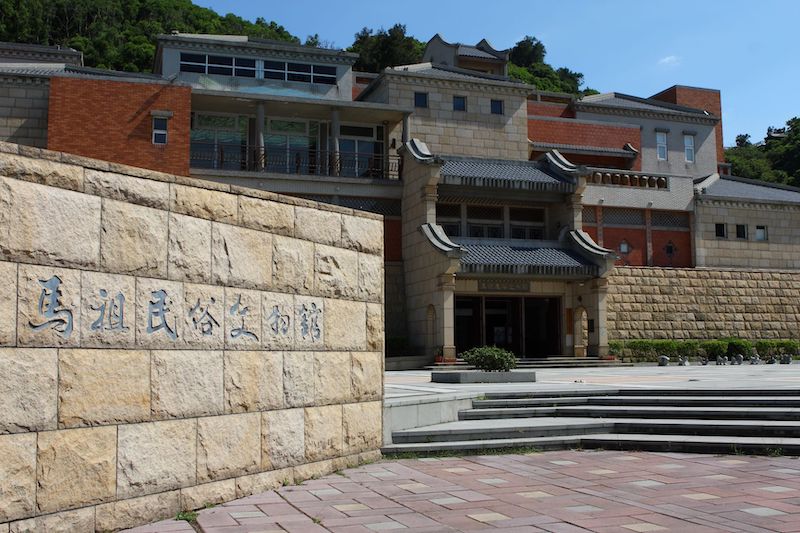
Meanwhile, to dig into every aspect of Matsu features, a serial project, named after “Matsu Very ___(馬祖好O)” ( In Mandarin Chinese, the character “好” is pronounced as “hǎo” and is often used as adjective to expressive something as good. It can also function as an adverb to intensify or emphasize the following adjective. The usage is similar to “very” in English.) was carried out, to promote regional wisdom and local lifestyles with different themes. For instance, “Matsu Ho Sieh (馬祖好食)” introduces the local diets and special cuisines in Matsu, while “Gods of Matsu (馬祖好神)” introduces religion and Deities in Matsu. These projects are mainly promoted through the internet, enabling people to get close to Matsu’s culture despite the inconvenience of distance and time for transportation.
In 2022, “Matsu Sea (馬祖好潮)” takes Sea as its core theme, gathering plenty of stories related to sea. Matsu Sea mostly conducted in a coastal village called Qiaozi Village. The project team gathered recourses from local cultural institutions, including the Qiaozi Fishery Museum, which possesses abundant display of fishery equipment. Not to mention the traditional architecture known as Wujianpai, is undeniably a remarkable historical feature represents the traditional fishery lifestyles.
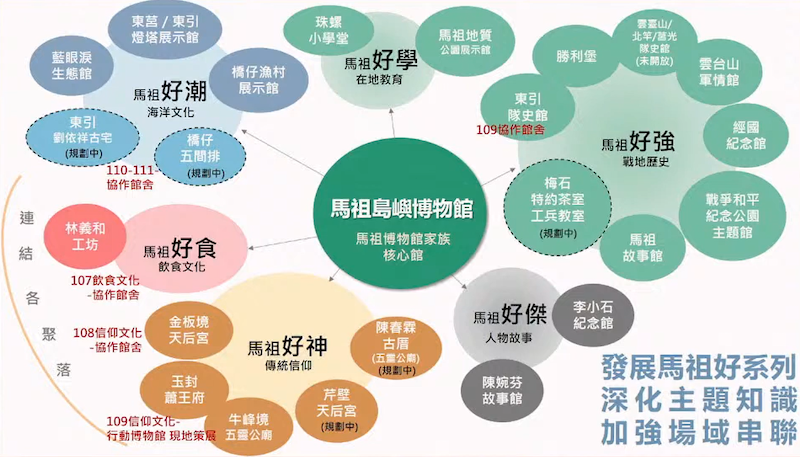
Collaborations, to stir up and trigger bottom-up connection
With the aim of engaging in the local community and preserving the historic memories, the team not only worked with the museums, but also reached out to various types of organizations. In 2019, the team assisted Tieban Queen of Heaven (Tianhou) Temple in designing the display of its historic artifacts, architectural techniques, and temple crafts. Furthermore, they collaborated with Dongyin Area Command to renovate the exhibitions in Matsu Dongyin Command Force History Museum. The collaboration demonstrates a new way for the military to get involved in the community. The team also collaborated with National Cheng Kung University and launched the course “The Curating Workshop: Fishery and Food Culture”. Students engaged had the chance to delve into regional livelihood by interviewing the locals, studying historic archives and oral history. The final result will be presented in an “Active Story Box”, and shared with the local residents.
Moreover, the team was devoted to building the bridge between “big museums” (such as national museums) and the “small museums” (such as exhibition halls or display centers). They collaborated with National Taiwan Museum for volunteer training programs, as well as curating a special exhibition. Another case is to consult National Museum of Taiwan History for artifact condition assessment and pest management.
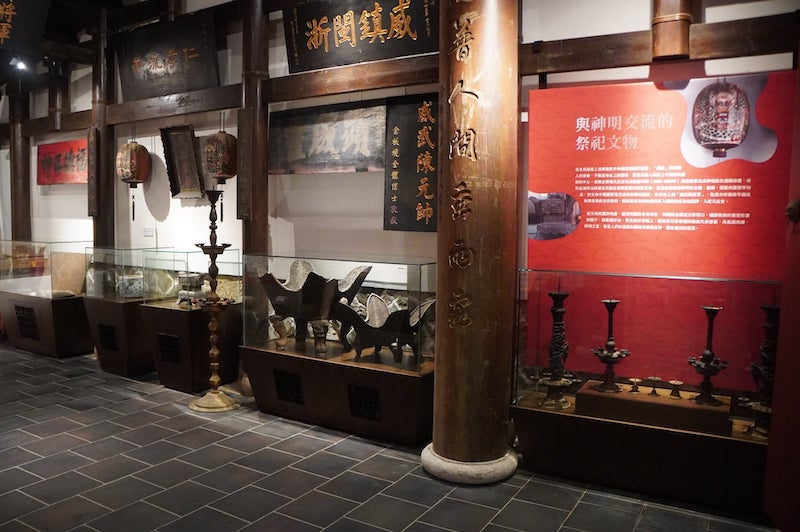
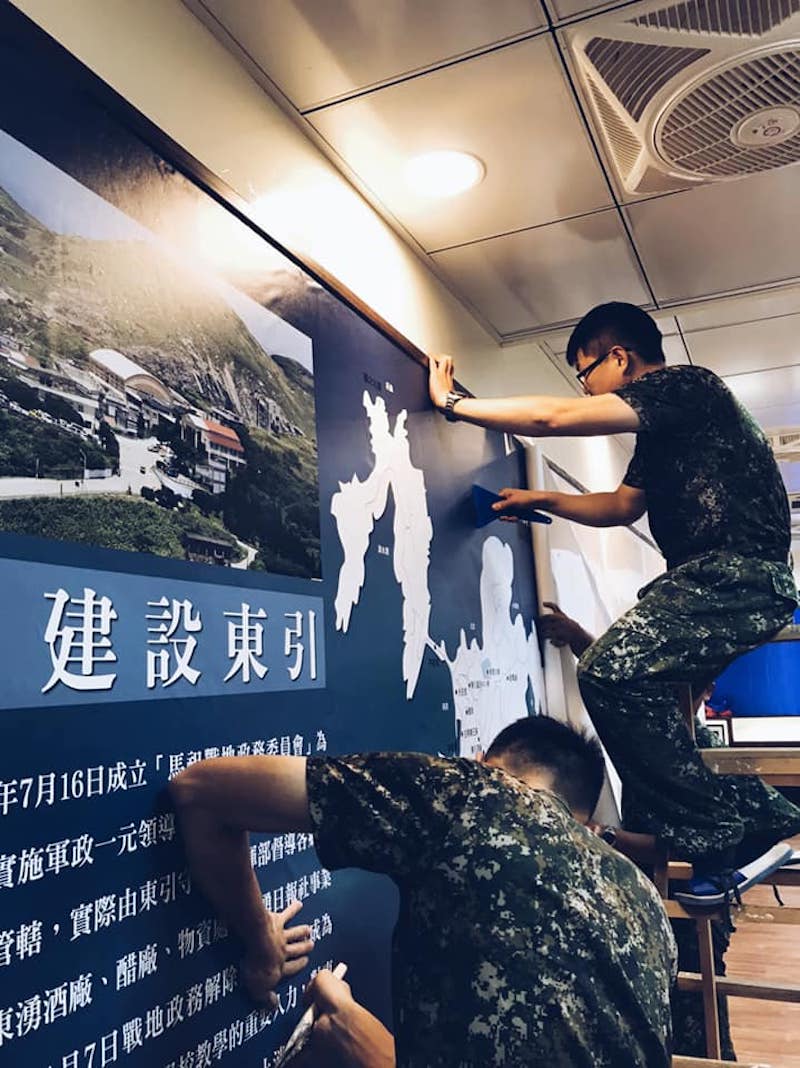
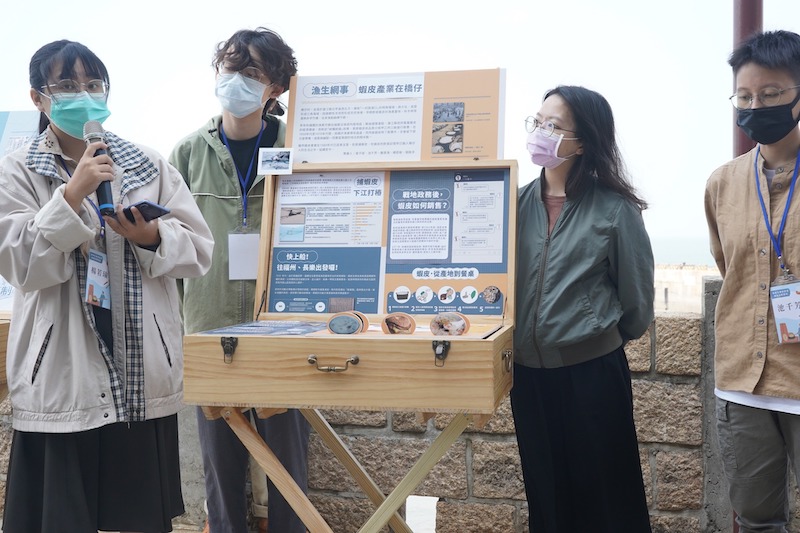
A special team member–– Deity!
The project planner of Collaborative O. Company, Lai Ruo-Xin, mentioned that through years of field research in Matsu, she was affected by the unique features nurtured between islands. Due to the risks of fishing and the unpredictability of ocean conditions, superstitions and religion are deeply embedded in the lives of locals in Matsu. However, this also creates a close bond among the small population. The team was deeply touched and assisted during the research, thanks to the friendliness of the locals.
Believe it or not, in 2020, the project team received an assignment from a “Deity." Inspired by the divine, the staff of Huakuang Tati Temple (or Huaguang Dadi Temple) approached them to promote the temple culture. Thus, the team decided to design pamphlets and collaborate with an illustrator to accomplish the mission. Every step, from graphic design to artistic style, had to be discussed with Huakuang Tati through the traditional divination practice of “throwing poe" (also called bwa bwei in Taiwanese). Once Huakuang Tati approved the decision by responding with a “sage poe" (also called shin-bwei in Taiwanese, where one poe falls flat-side-up and the other rounded-side-up), indicating a positive response, the process could proceed. With the Deity’s involvement throughout the entire process, the pamphlet had an official red stamp on its back, symbolizing “approval from Huakuang Tati."
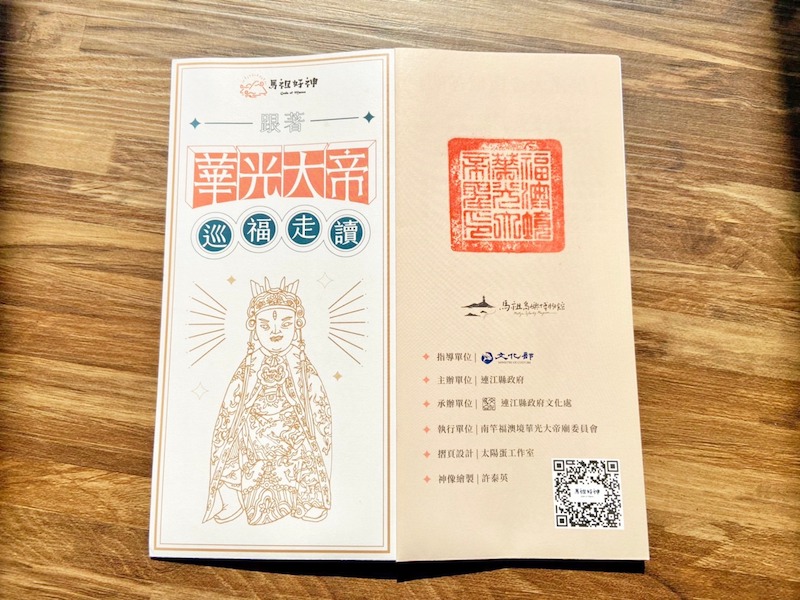
Matsu, with its natural landscape and distinctive features, along with the rich culture derived from its profound history, becomes an extraordinary Island Museum. Till now, Matsu still holds countless wonders waiting to be explored. It is believed that, by integrating relevant cultural resources, and preserving local narratives, the vibrant and diverse culture of Matsu can be shared with a wider audience through the vision of “Matsu Islands Museum."
Sources, Related Links:
- 郭美君(2021),打造說故事的島─我們的島嶼博物館。發表於2021年「博物館的地方連結與價值創造:大溪木博館的社會實踐」交流論壇。
- Dept. of History, NCKU Presenting the Field Research Result, Representing Diverse Memory and Stories in Qiaozi, Matsu. Source: ‘CNA’. (CHI)
- 99th Anniversary of Dongyin Command Force! Grand Opening After Renewal of Matsu Dongyin Command Force History Museum. Source: ‘Memory of Matsu Facebook’. (CHI)
- Historical Hub of Dongyin Area: The Renewal of Dongyin Command Force History Museum. Source: ‘Matsu Daily News’. (CHI)
- Matsu God Project: Travel with Huakuang Tati Pilgrimage. Source: ‘Gods of Matsu’. (CHI)
- How to Read a Taiwanese Temple? Take Tieban Queen of Heaven (Tianhou) Temple as an Example. Source: ‘Gods of Matsu’. (CHI)
- ‘Matsu Culture’ Official Website. (CHI)
- Introduction of Folk Cultural Artifacts Exhibition Hall. Source: ‘Museum Island’. (ENG)
- ‘Lienchiang County Government’ Official Website. (ENG)
- 【博物之島新訊】共築我們的島嶼故事:馬祖就是一座博物館!

